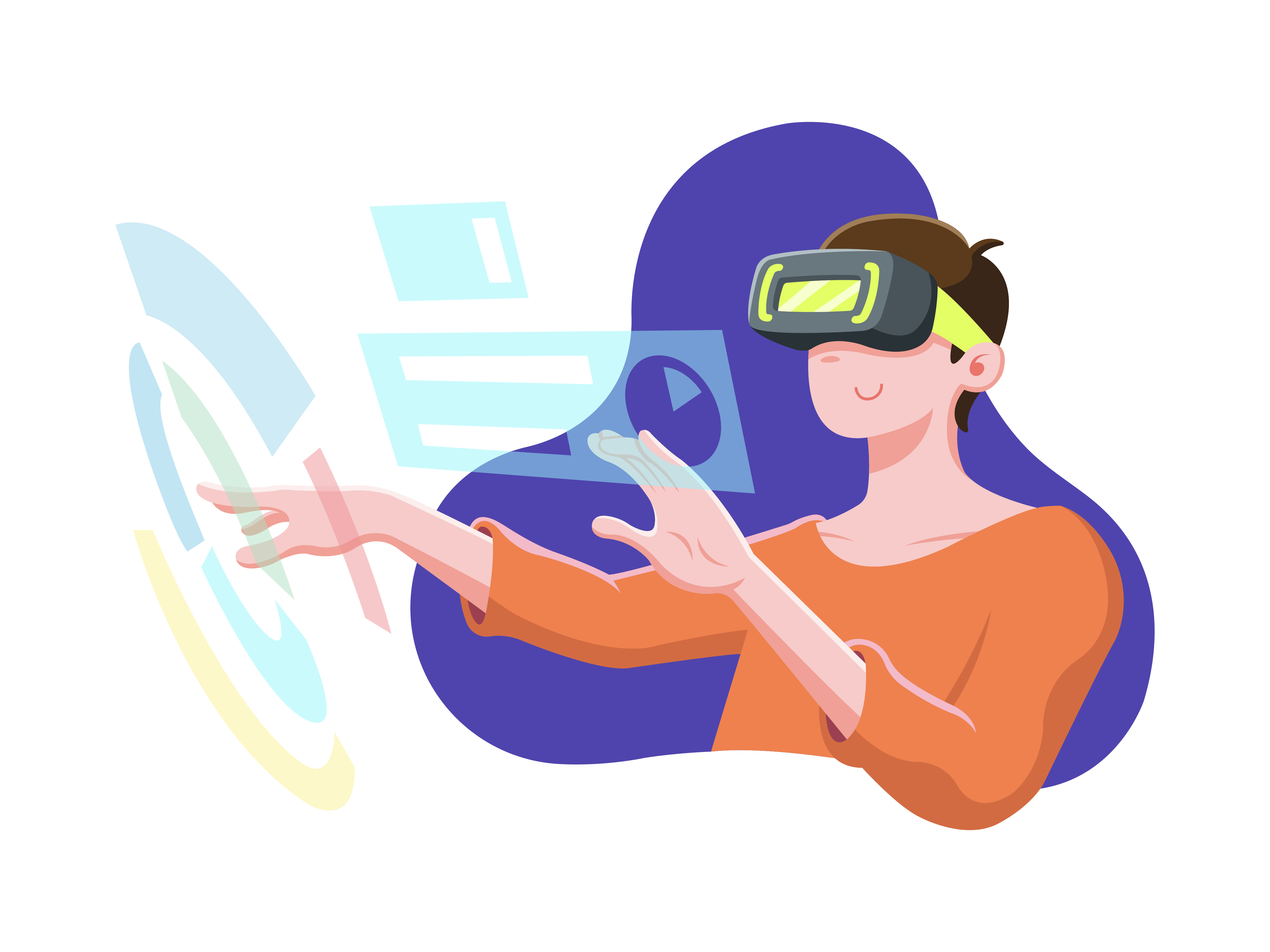User Persona is becoming a popular concept day by day. You've probably heard of the term "user persona" before, especially if you've worked in UX design, as they are an important tool in UX design. Personas, at their core, are about designing products with a specific user in mind. When used correctly, this tool can significantly improve a designer's work.
In this article, we will discuss the significance of personas.
What is a User Persona?
User personas are archetypical users with the goals and characteristics of a larger group of users. A persona is typically presented in a one or two-page document. Behaviour patterns, goals, skills, attitudes, and background information, as well as the environment in which a persona operates, are all included in such 1-2-page descriptions. Designers typically create user persona templates, which include a few fictional personal details to make the persona a realistic character (e.g. quotes from real users), as well as context-specific information (for example, a persona's financial sophistication and major expenses make sense for a banking app).
What is the Significance of User Personas?
A thorough understanding of a target audience is essential for developing exceptional products. Understanding the expectations, concerns, and motivations of the target audience allows you to design a product that will meet their needs and thus be successful. A product team can use user personas to answer one of their most important questions: "Whom are we designing for?"
What Is Involved in Creating a User Persona?
- A typical UX persona would include the following:
- The name of the persona
- A virtual persona (image, stock photo, or illustration)
- Information on demographics (location, age, gender, occupation, and anything relevant to your product)
- Occupational title
- Relationship status
- Patterns of behaviour (how the persona uses your product, their goals, and motivations)
- A quote that encapsulates the persona's needs or emotions.
If you're creating personas for a variety of potential customers, a template with all the necessary information can be useful. Then, make a label for each persona with their name and avatar. For example, if you're creating two user personas with different spending habits, you could call them "The Spender" and "The Saver."
The research that goes into developing user personas is typically done early in the design process. During the second phase of the Design Thinking process, the Define phase, designers frequently begin creating personas. Personas, like most design elements, can be developed iteratively. Personas will be used to inform design decisions made by the team during all subsequent phases of the design process.
How Many User Personas Should You Create?
Sometimes two groups can be fused into one user persona if they share enough similar attributes, but this is not always possible. After that, each user persona will represent your ideal user. The fewer personas you have, the easier it is to design for each one, and the less likely you are to experience the dreaded "feature creep" in your product.
When designing for multiple user personas, consider a Venn diagram in which some features of an app overlap and are shared between personas. In contrast, others are used only by distinct personas.
Structure of a User Persona
A user persona typically includes a fictional name as well as a picture of the person. It is followed by a brief bio that includes their age, gender, occupation, hobbies, likes and dislikes, all of which are non-fictional and based on real aggregated data.
Segmentation of User Persona
Using behavioural and psychographic data, a company can reflect on who its users are, what they need, and what might prevent them from getting it.
Psychographic segmentation focuses on specific characteristics and psychological qualities that distinguish a user. Businesses can predict how users will respond to targeted marketing campaigns by segmenting customers based on psychological factors such as behaviours, personalities, lifestyles, values, and social status.
As a result, behavioural and psychographic segmentation is extremely useful for understanding your users and gathering the necessary data to create user personas. It can assist your team in advancing their mobile app marketing strategy.
Build Empathy with User Persona
Empathy is a key value if designers want to create something that is beneficial to the people who will use it. Personas assist designers in developing understanding and empathy with end users. Personas enable designers to:
- Gain a user-like perspective. Designers may be able to infer better what a real person might need by thinking about the needs of a fictional persona. Creating user personas can assist designers in stepping outside their comfort zone and recognising that different people have different needs and expectations.
- Identify the user for whom they are designing. The more designers interact with user personas and see them as real people, the more likely they think about them during the design process and want to create the best product for them.
Further Uses of Personas
A persona can be used not only by designers but also whenever a business or marketing decision needs to be made. It can also be used to help newcomers understand the product vision and even sketch out new potential directions for innovation. A persona is not a completed product. Instead, it is constantly changing and can be updated based on the product's current state. It means that a persona can become a natural part of product development throughout the product's lifecycle.








